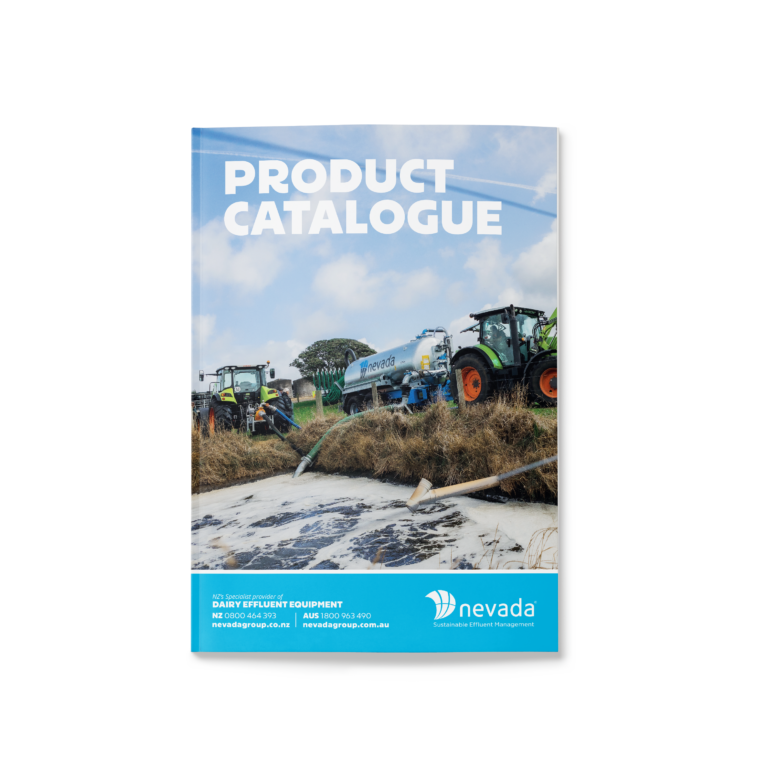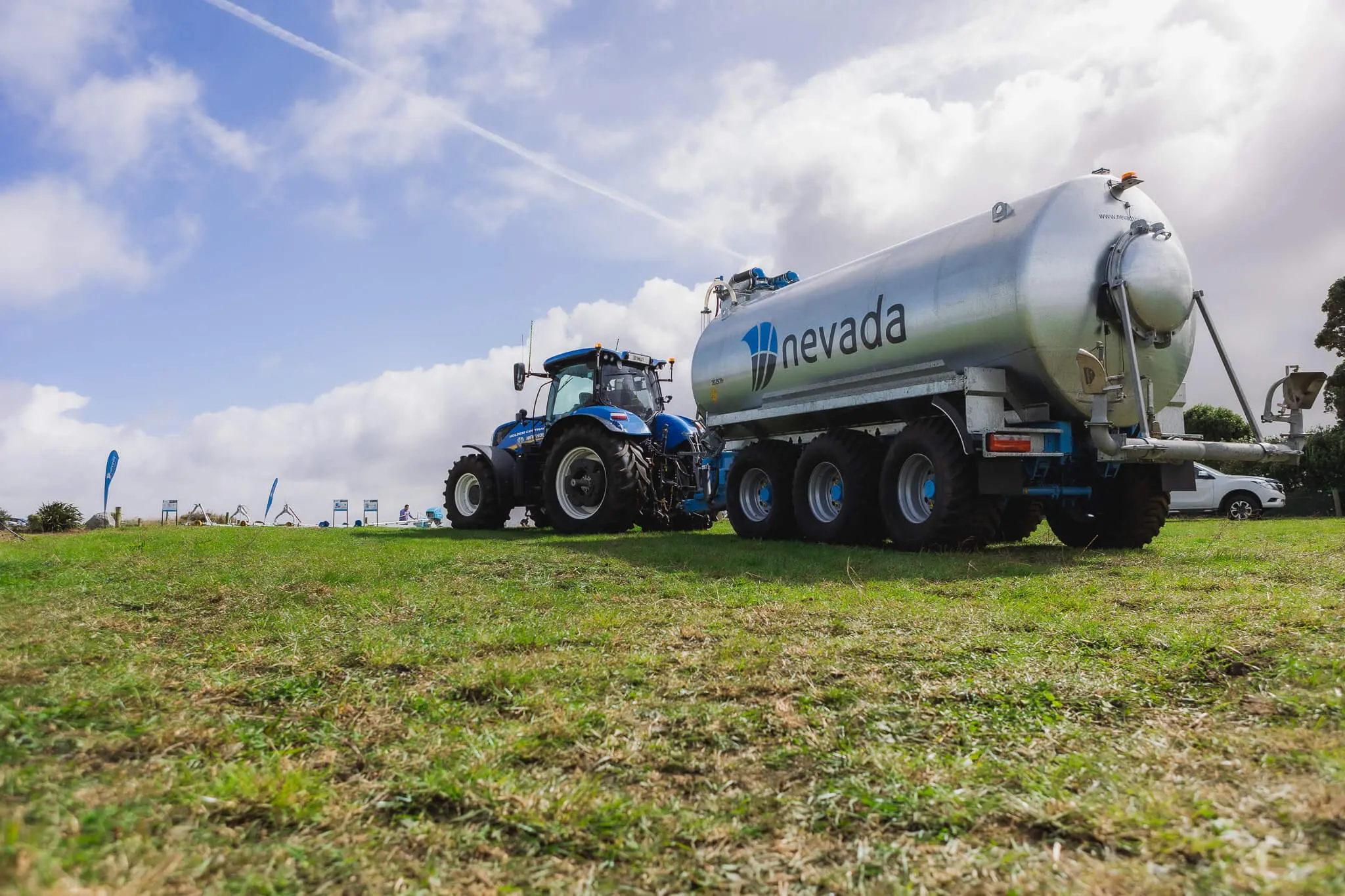- Sustainable Effluent Management
Getting a paddock back into rotation aftermspreading effluent can be approached either with an umbilical system, or a slurry tanker. With a RainWaveTM attachment or trailing shoe system on a slurry tanker, a paddock can easily be irrigated often to maintain optimal nutrients.
There are limitations in where effluent can be applied when a farm has an irrigation system in place. A slurry tanker is much more suited for faster irrigation methods that can be applied to any paddock, at any time, on the farm.
When there is a limited area, it can create a challenge for farmers who are applying effluent to paddocks too close to re-grazing. A quick return back into the paddock is typically not necessary when there is a good management system in place that involves spreading effluent behind the cows as they are moved to different paddocks. This approach ensures nutrients are being applied efficiently to get the paddock back into rotation.
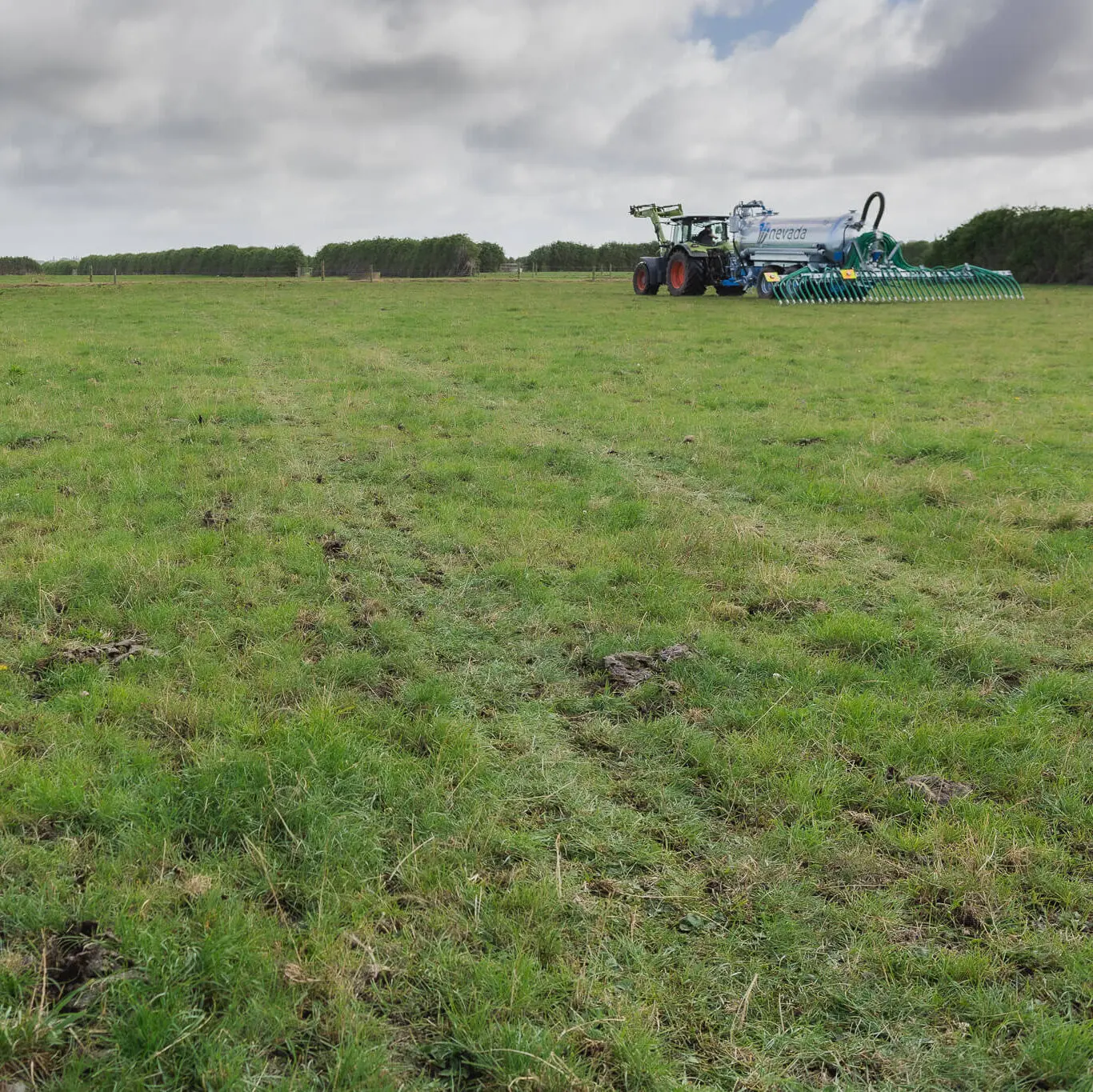
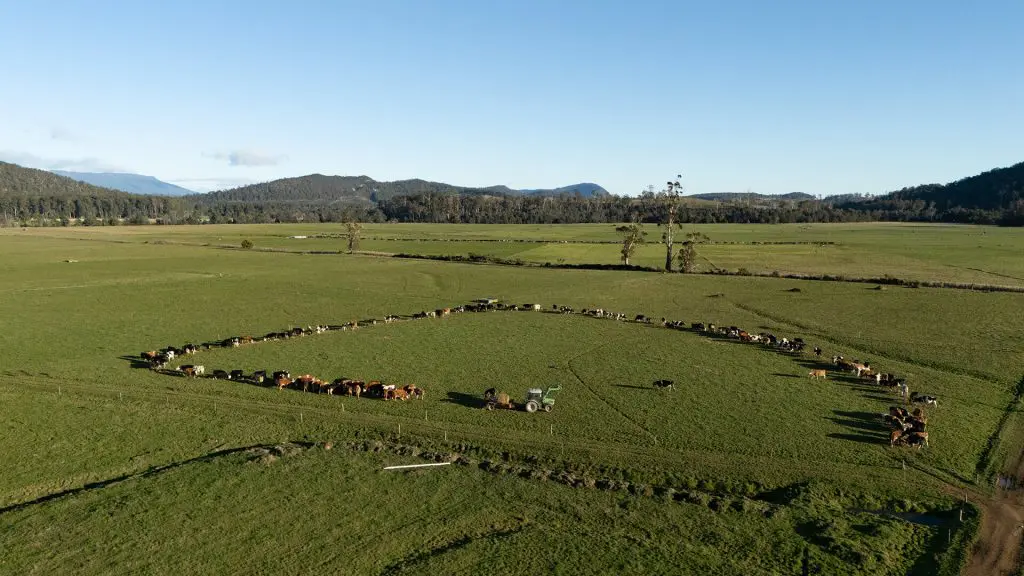
When it comes to getting your paddocks back into rotation and ready to graze again, there are certain times of the year that the grass could benefit from additional nitrogen. Particularly in early spring when the clover is not active, additional nitrogen can be added to the effluent to increase the impact on the soil in the form of UAN or dissolved UREA to ensure a better response. Additional nitrogen in the effluent is best applied with a slurry tanker that provides minimal loss of nutrients.
Slurry tankers are the most effective method due to the fact there is full control of the application rate. It is easier to avoid drains, boundaries, water troughs, and other obstacles that can cause obstruction when irrigating paddocks. With a RainWaveTM attachment, effluent is applied in larger droplets that apply nutrients directly to the root structure. Any other form of application causes loss of nitrogen as it passes through the air before being applied to the soil.
A slurry tanker also provides access to irrigation in one trip, which saves more time. Rather than having to irrigate over several days with a regular irrigation system, it is possible to do more than one paddock every few days. After milking, there is ample time to apply effluent quickly to paddocks to ensure absorption for the next rotation.
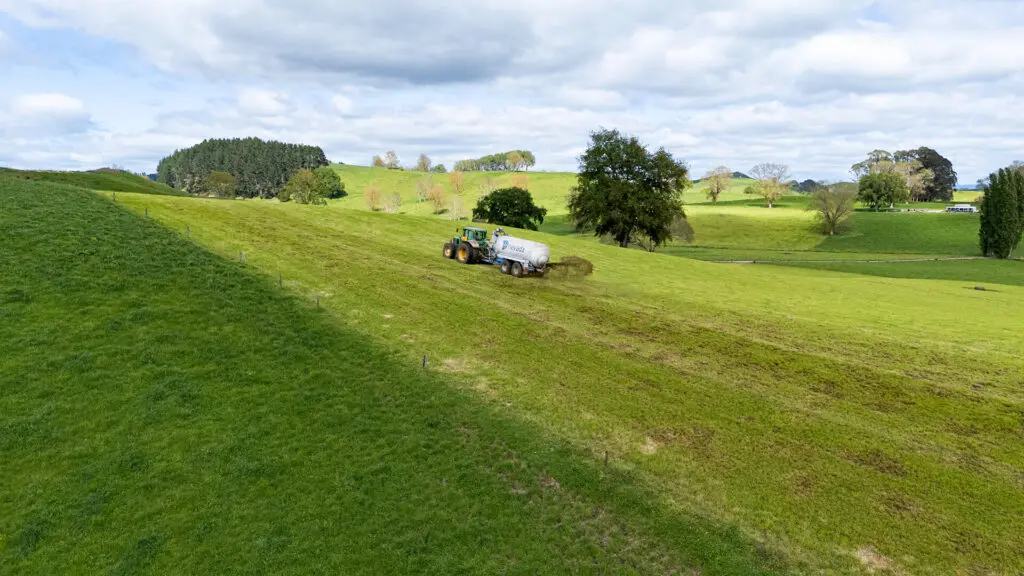
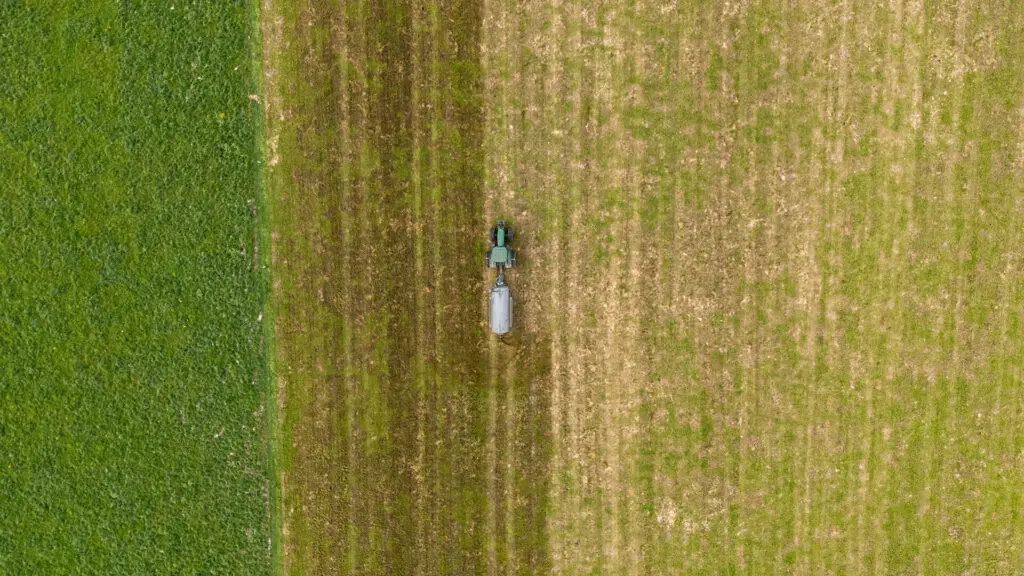
When there is restricted time and minimal staff available, it is easy to send workers out to fertilise a paddock. A Nevada Slurry Tanker and RainWaveTM attachment offer an easy set up and are straightforward to operate without getting dirty or the need to handle drag hoses. It is recommended to spread effluent little and often with a slurry tanker that is always ready to go anytime as fresh is best! Spread effluent as soon as possible after it goes into the pond or other effluent storage facility.
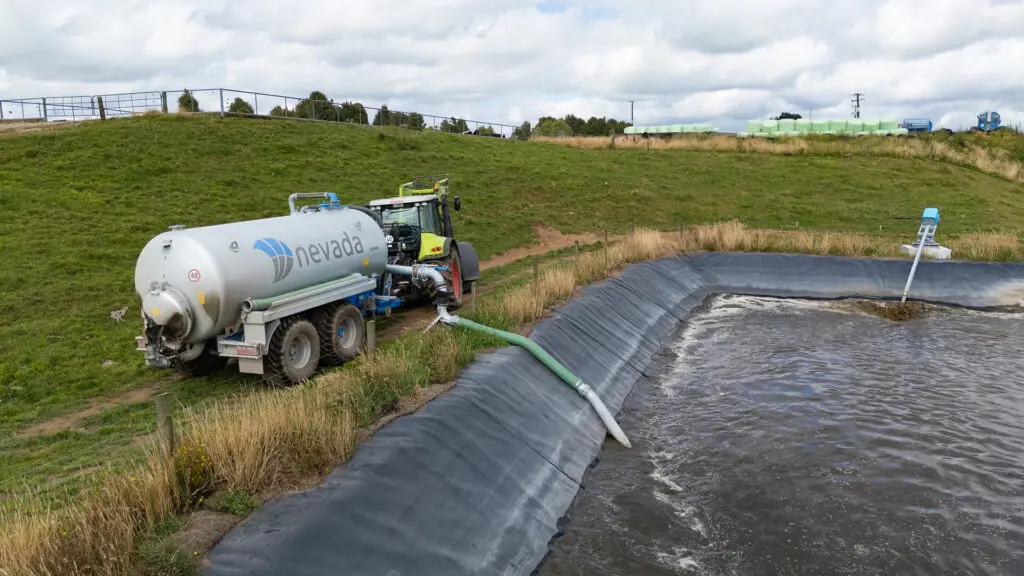
Never underestimate spreading fresh and often, as it gives a great return on investment and delivers excellent results.
Chat with our team today to learn more about the best effluent management system you can implement for your dairy farm and get your paddocks back into rotation sooner. With the right equipment and system in place, you can have healthy herds and paddocks all year round.
"*" indicates required fields
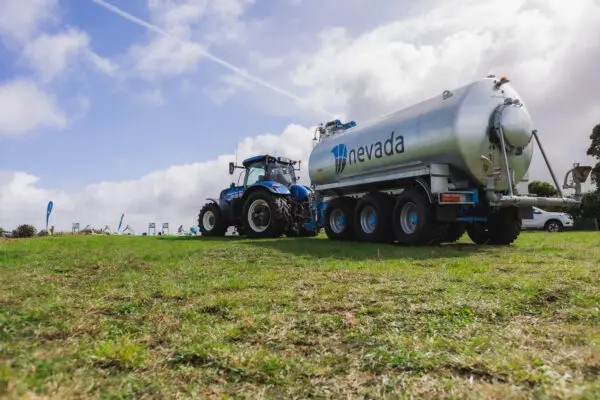
"*" indicates required fields

"*" indicates required fields

"*" indicates required fields
